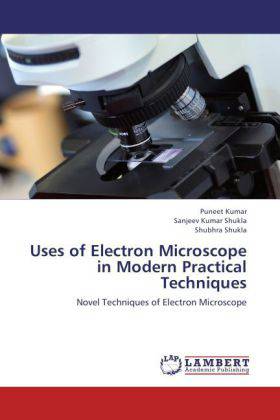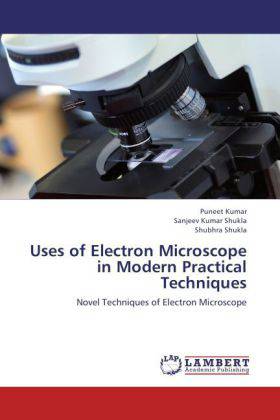
- Afhalen na 1 uur in een winkel met voorraad
- Gratis thuislevering in België vanaf € 30
- Ruim aanbod met 7 miljoen producten
- Afhalen na 1 uur in een winkel met voorraad
- Gratis thuislevering in België vanaf € 30
- Ruim aanbod met 7 miljoen producten
Zoeken
Uses of Electron Microscope in Modern Practical Techniques
Novel Techniques of Electron Microscope
Puneet Kumar, Sanjeev Kumar Shukla, Shubhra Shukla
Paperback | Engels
€ 48,45
+ 96 punten
Omschrijving
The transmission electron microscope, commonly referred to as a TEM, is more powerful than the traditional light microscope. Transmission electron microscopes allow the user to see the fine details of the specimens which are normally not seen in microscopes of a lower power. The invention of the transmission electron microscope (TEM) enabled scientists to view living material in a way that was previously impossible. Bacteria and other living matter could now be examined on the cellular level through their magnetic structures, allowing scientists to view formation of DNA chains and crystalline structures to determine if certain cells are forming properly or are "misaligned." TEM technology has become a useful diagnostic tool for disease and infection, allowing doctors to identify healthy tissue from damaged areas, and allowing pharmaceutical companies to develop affective treatments to defeat disease-causing bacteria.
Specificaties
Betrokkenen
- Auteur(s):
- Uitgeverij:
Inhoud
- Aantal bladzijden:
- 52
- Taal:
- Engels
Eigenschappen
- Productcode (EAN):
- 9783659216190
- Verschijningsdatum:
- 14/08/2012
- Uitvoering:
- Paperback
- Formaat:
- Trade paperback (VS)
- Afmetingen:
- 152 mm x 229 mm
- Gewicht:
- 90 g

Alleen bij Standaard Boekhandel
+ 96 punten op je klantenkaart van Standaard Boekhandel
Beoordelingen
We publiceren alleen reviews die voldoen aan de voorwaarden voor reviews. Bekijk onze voorwaarden voor reviews.











